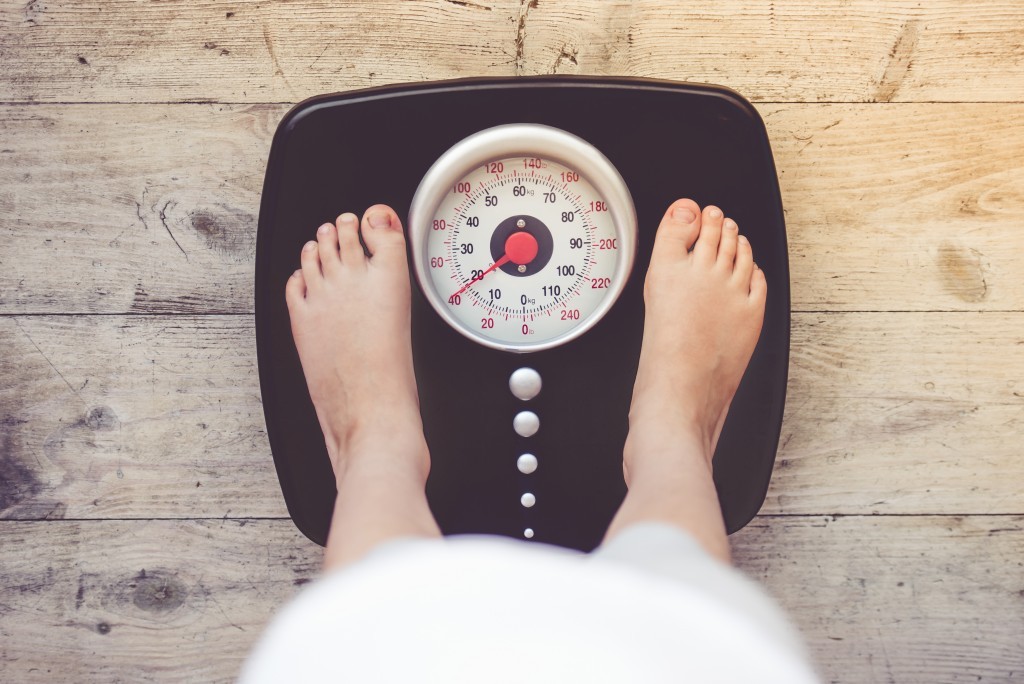Childhood Obesity a societal problem we all must solve
There is, as recognised by the World Health Organisation (WHO), a global obesity epidemic. While much research focuses on adults,it is vital that childhood obesity be a research priority because there are severe consequences: an overweight or obese child has as high as an 80% chance of becoming an obese adult says UCD’s Dr Mirjam Heinen.
Dr Heinen is a Lecturer and Assistant Professor at the UCD School of Public Health, Physiotherapy and Sports Science and lead author of a new report from the Childhood Obesity Surveillance Initiative (COSI) looking at the risk factors contributing to childhood obesity in Ireland where one in four children are either overweight or obese.
This report – commissioned by the HSE and undertaken by the UCD-based National Nutrition Surveillance Centre (NNSC) – looks at two waves of family questionnaires distributed to the parents of children in first class (7-year-olds) and third class (9-year-olds) in 2010 and 2012. These questionnaires shed light on the various contributing factors to childhood obesity, looking at everything from consumption of fresh fruit and vegetables to the number of hours spent watching television.
One important aspect of the questionnaires was to look at environmental factors relating to children in DEIS1 designated schools (primarily located in disadvantaged communities) in comparison to other primary schools in the country. It was found that children in third class who attended a DEIS school were less likely to eat fresh fruit daily (45.5%) compared to those in others schools (61.1%). Similarly, they were less likely to eat vegetables on a daily basis (41.6%) compared to students in other schools (56.2%).
However, children from DEIS schools are more active in certain ways says Dr Heinen: “They played outside for longer compared to students who attended other schools. They also, rely less on cars or other motorised vehicles to get to school so there is more walking or cycling.”
On the downside, says Dr Heinen, children from DEIS schools watch significantly more television daily: “The problem with this is that, according to a meta-analysis in 2014, sedentary behaviour and physical activity seem to contribute separately to obesity risk.”
This emerging research on the risk factors associated with childhood obesity is important because the general public can often oversimplify the reasons why people become obese, boiling it down to individual factors alone and assuming that if all overweight people simply decided to eat less and move more it would solve the problem. “The world we are living in today is complicated; it is not only individual choices that lead to obesity, there are so many components and the whole environment plays a role,” says Dr Heinen.
The world we are living in today is complicated: it is not only individual choices that lead to obesity, there are so many components and the whole environment plays a role
“For example, if you want your child to cycle to school but the roads are not safe, what can you do about it? Or the fact that secondary school children are permitted to leave school premises during break times: if there are only convenience stores and fast food places nearby this is where they will go to grab a bite.”
This, explains Dr Heinen, is difficult to control because the human body is built to respond to the sights and smells of fatty and sugary food; it literally draws you in: “It is not as simple as saying ‘no’ to yourself [when tempted by unhealthy foods or unhealthy amounts of food],” she adds.
There are also cultural and family factors as well as a psychological component: if you are already slightly overweight you might eat more because of external pressures causing stress which in turn leads to overeating. “The factors surrounding obesity are complicated and what I really want to underline is the fact that obesity is not only an individual problem,” says Dr Heinen. “It is a societal problem and we all should do something about it including the food industry and the government. What we have seen from the questionnaire is that a lot of people think they are doing a good job but they just don’t know what healthy food is and food labels can be very misleading.

“Sometimes parents think they are doing right by their children but they don’t always know what food is best. If a label says lower fat you have to ask ‘by how much lower?’ or if there is more sugar in the food as a result. That is why nutritional education is so important in order to teach people and children about healthy foods.
The risk factors relating to childhood obesity give us food for thought: we are now living more sedentary lives than previous generations, supermarkets are stacked with foods containing unclear or misleading labels, children who want to cycle to school do not have safe cycle paths on which to do so and there is not an adequate level of nutritional education in schools. Armed with these insights from the latest COSI report, the message seems to be that knowledge is power and all strands of society are responsible when it comes to fighting childhood obesity.
Dr Mirjam Heinen was in conversation with Marie Boran, a freelance science and technology Writer.
1 Delivering Equality of Opportunity in Schools, est. 2005
This article first appeared in the Winter 2016 edition of UCD Today , the university magazine

